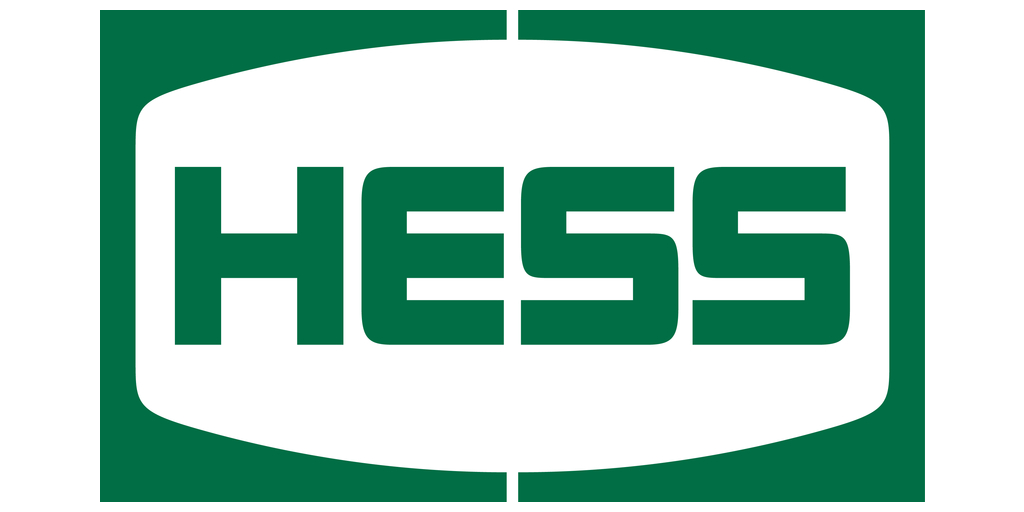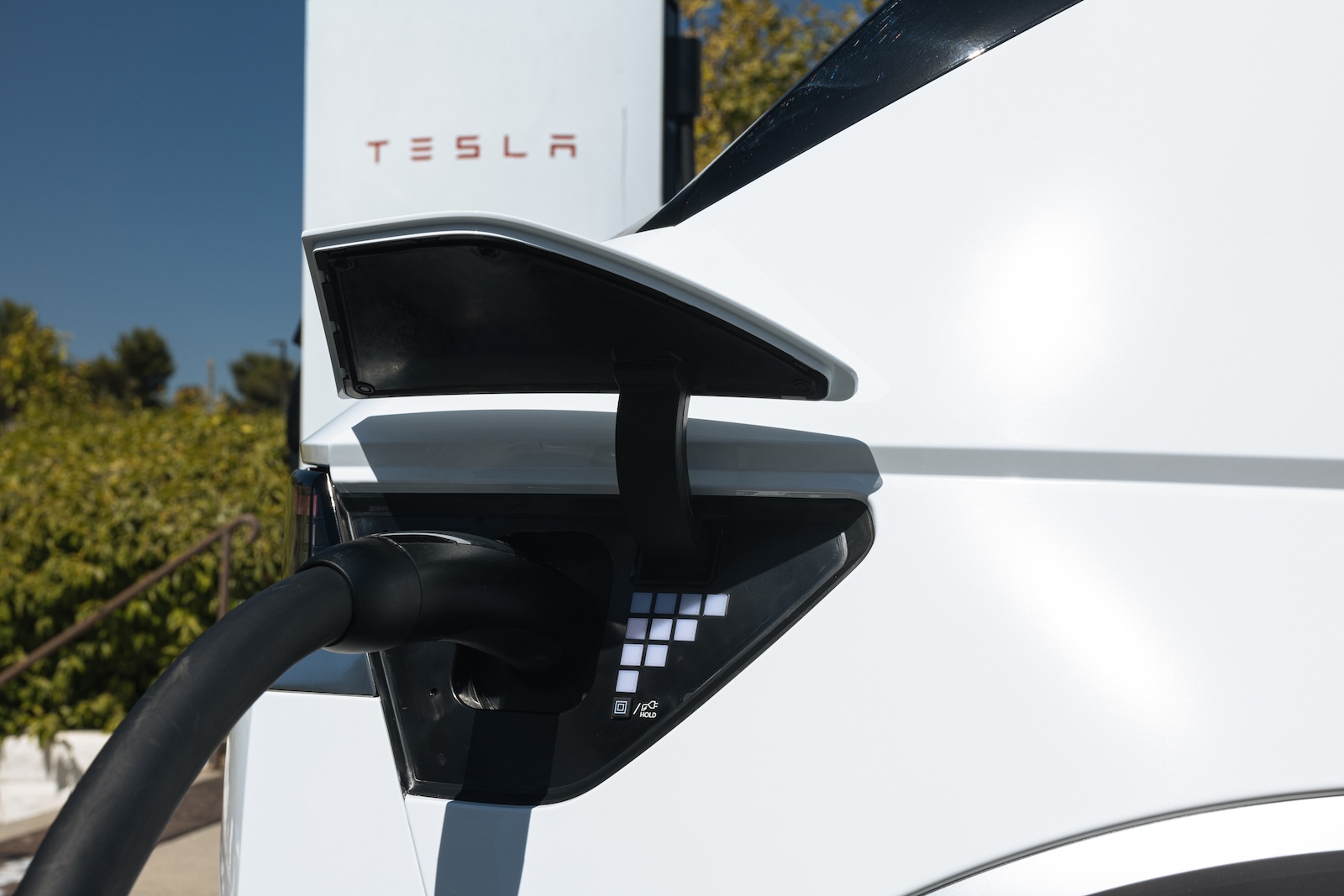Sign up for daily news updates from CleanTechnica on email. Or follow us on Google News!
This news makes you wonder if Australia’s take-up of solar and Tesla batteries are as important as Norway’s support for Tesla vehicles. Australia, with the highest proportion of home rooftop solar in the world (about 30%), is certainly a world leader in distributed renewable energy. Natural Solar issued a press release a few days ago about the installation of Tesla’s Powerwall 3 on Greg Spencer’s family home in New South Wales. It is a first for the Southern Hemisphere. They expect to save thousands of dollars on their power bill.
Natural Solar was founded in 2012 and installs solar and battery installations worldwide. The company claims to be Australia’s largest installer of home solar batteries. It has installed more than 13,000 solar batteries across Australia, including the world’s very first Tesla Powerwall in 2016. Chris Williams, CEO, describes this as “a defining moment in Australia’s solar battery boom.” The boom continues, Chris told me on the phone this morning. “Since the installation of the first Powerwall globally in January 2016, Natural Solar has experienced a surge in consumer interest. Enquiries have boomed over the past four years, increasing at a rate of over forty-five per cent per annum.”
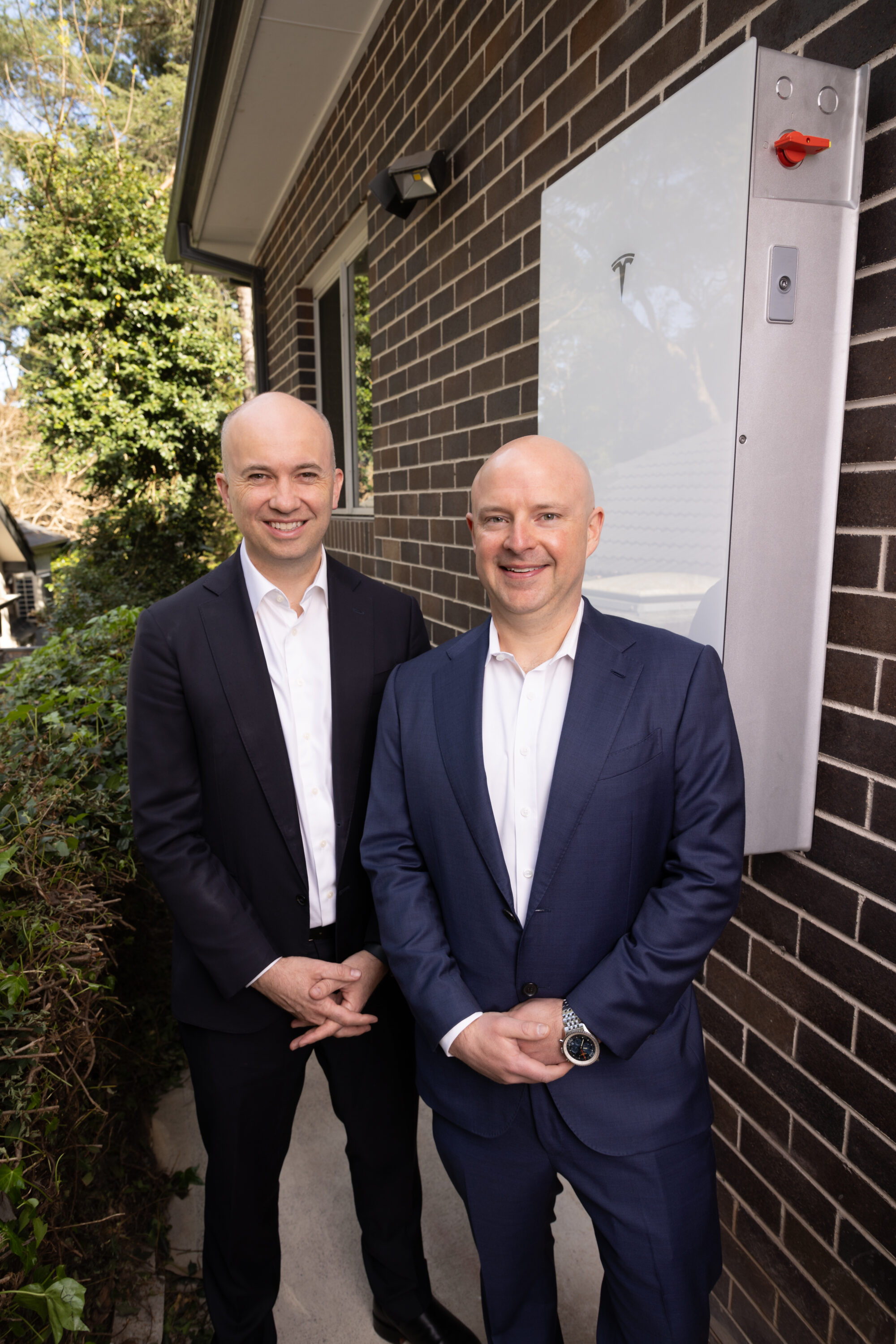
Natural Solar is currently installing about 80 Tesla batteries a week. There has been strong uptake of Powerwall 2. “Powerwall 3 is a natural choice with solar panels. People are future proofing their homes, even if they don’t have an electric vehicle. We are seeing the results of a pent-up demand, with 10% to 20% growth over the last couple of years, and expect that to increase to 40% for the next 12 months with the introduction of the Powerwall 3.” He sees a downward trajectory for battery pricing of about 5–10% over the next few years. However, the sooner you install a battery with your solar, the sooner you start saving. Savings could be up to 15% — “a battery adds value to your property, the return on investment is compelling.” The average size of home battery installations has gone from about 5 kW to 10.6 kW.
That first Tesla battery installed globally by Natural Solar has saved the Pfitzner family “over $19,000 on their electricity bills over the past 8.5 years, with the battery paying for itself in just over six years (initially expected to be 20 years).” This is an average annual saving of more than $2,400. This equates to their four-bedroom house with an internal laundry, air-conditioning, state of the art appliances, a swimming pool, and outdoor entertaining area running at an average cost of $2 per day. Chris notes that the Pfitzner family did have a small feed-in tariff, but the greatest saving was made by maximising their home use.
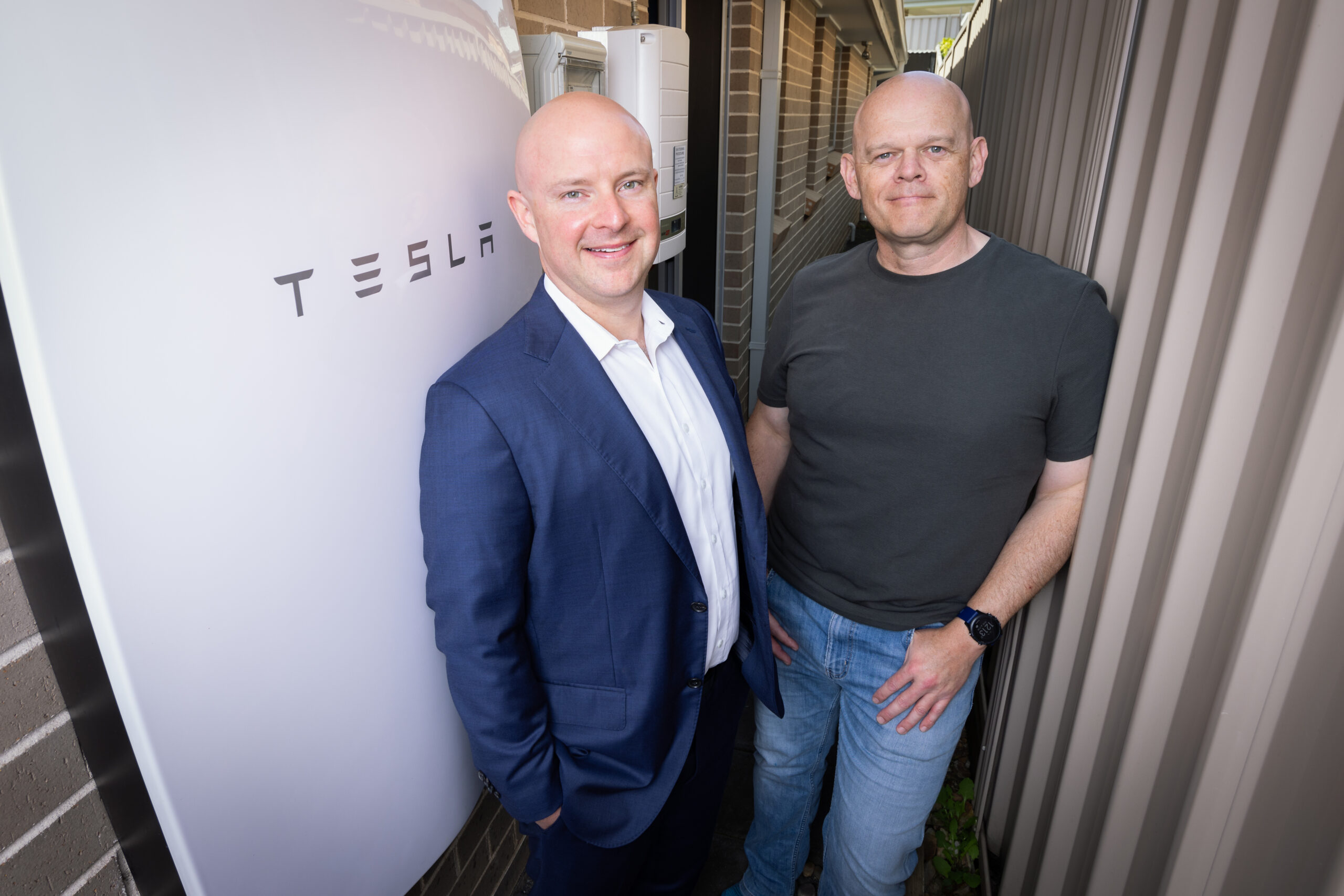
That’s now, in 2024! By installing tech giant Tesla’s latest innovation, the third-generation Tesla Powerwall 3, the Spencer family is taking a proactive approach to their energy future. This new battery technology offers more than double the energy storage capacity of earlier models, providing a significant leap in potential savings and energy independence. It will also add value to their home.
Using a battery coupled to your home solar array means that excess power generated during the day can be saved and used at the peak period after the sun goes down. In order to protect the grid, some power companies are bringing in penalties for excess solar exported during the middle of the day. A battery will save the homeowner from this so called “solar tax.” Those who manage our grid are very protective of it, and for good reason. You can read about how I learnt this here.

Not only are homeowners looking to save money, increasingly unstable climate events mean that it is handy to have an independent power source. Many Australians are purchasing vehicle-to-load EVs for that reason. Power costs in Australia have recently increased by 25%, and I wouldn’t be surprised if more increases are on the way. There have been blackouts caused by coal-fired power stations going offline mainly due to poor maintenance. The uncertain political future of coal has contributed to this. Australians seek energy security.
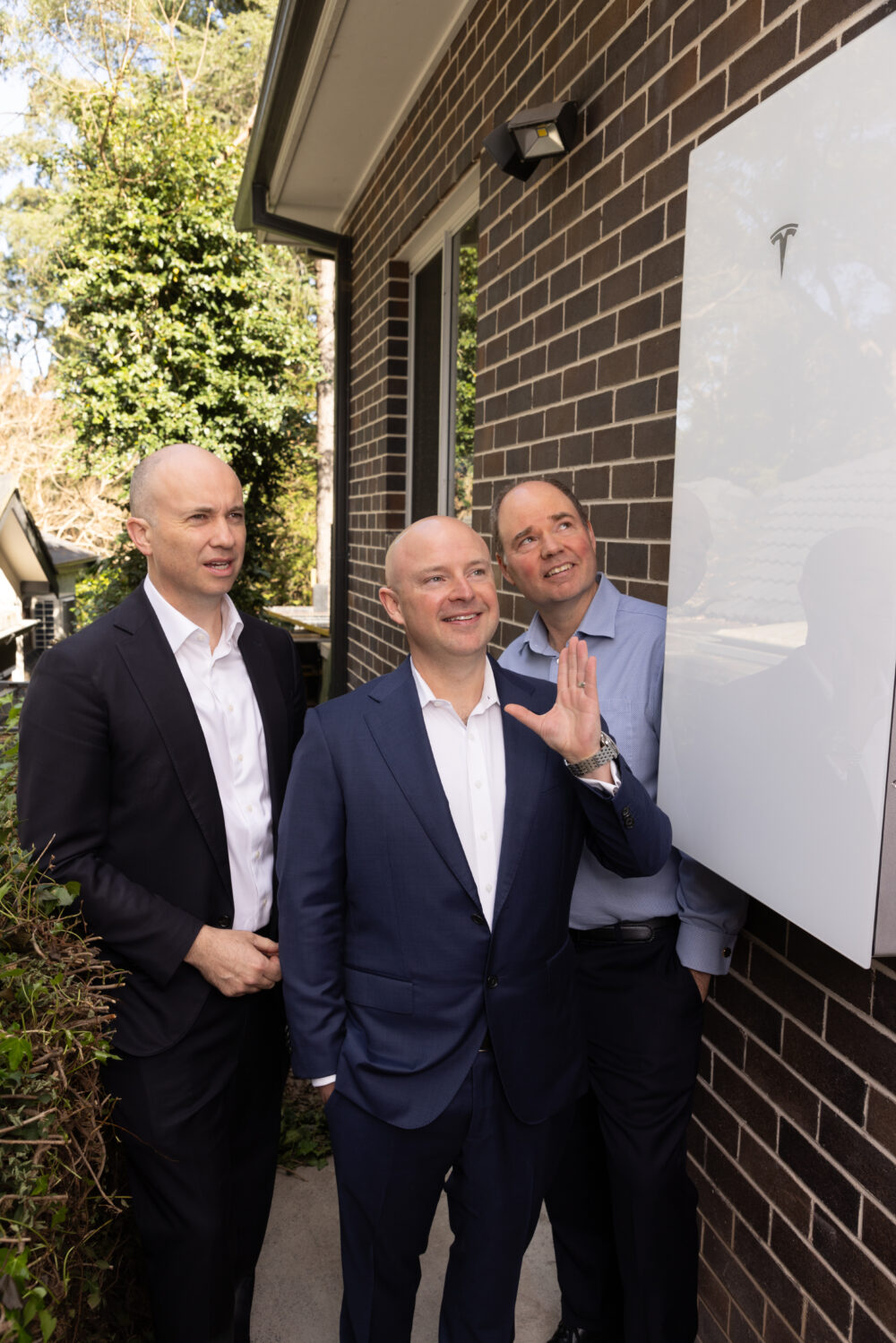
From the press release: “Greenwich resident Greg Spencer has spent approximately $5,000 per year on electricity bills to power the household for his family of four and charge his two electric vehicles (a Tesla Y and 3 naturally), even with existing solar panels. The family will soon be installing a new pool with electric heating, which will put added pressure on his bills. By doubling his solar output and adding a Powerwall 3 home battery, Greg is expecting to see incredible savings along with protection from power outages. ‘I won’t ever have to pay peak power rates again, and for most of the year I will be energy independent,’ he said.”
I suggested that the Spencers might need two batteries and was told by Chris Williams: “Natural Solar has mapped the energy use of the household and designed a system to suit. After asking the question ‘What amount of energy is being used during the day?’ Natural Solar oversizes the system so that enough power is generated and stored to get the household through to midnight.”
The system Natural Solar installed includes an integrated solar inverter paired with a solar array of 13.775 kWp. “It also includes monitoring software that will allow the Spencer family to see energy flows from the entire system and the direct impact Tesla Powerwall 3 has on their electricity usage. Powerwall 3 has been installed ahead of CEC listing to ensure the system can be fully commissioned and begin realising savings as soon as accreditation is received.”
The average Aussie household uses 18.71 kWh per day. After COVID, there has been a move to “working from home.” The boss is no longer footing the work power bill. The Aussie worker has to do so. Using solar and a battery, excess energy can be stored and used at the evening peak, saving on power bills. Some electricity providers are charging a solar tax of 4.9¢ to 6.3¢ per kWh for power sent to the grid in the duck curve peak.
Chris highlighted the features of the Tesla Powerwall 3. “It comes with a 10-year warranty period and storage capacity of 13.5 kWh. Powerwall 3 can provide enough power to keep all home appliances running, from heat pumps, electric vehicles, and other high energy consuming devices such as clothes dryers or pool pumps. It also features an integrated solar inverter allowing solar to be connected directly for high efficiency. It can also be added to existing solar systems or installed on its own and is easily expandable. Pricing starts from AU$14,990 before rebates (from AU$12,490 after rebates and incentives).”
To get more bang for their buck, homeowners planning to install a battery can access subsidies in some states and even hook up to a virtual power plant. I am fond of saying that I have a petrol station on my roof (solar panels to charge my Tesla Model 3). With a Powerwall 3, you can say, “I have a mini power station.” Arbitrage can be used as an income stream using a Powerwall.
Former NSW Energy Minister and now Chair of the Climate Change Authority Matt Kean acknowledged the important role domestic batteries have to play in the advancement of clean energy in Australia.
“Almost four million Australian households have already adopted solar power. Installation of Australia’s first Powerwall 3 by Natural Solar is a significant milestone and shines a positive light on the future of green energy in the country. Powerwall 3 opens up the ability for more homes to safeguard their long-term energy sustainability,” said Mr Kean.
Natural Solar has plans that will allow customers to be cash flow positive from day one. “Thanks to innovation, access to thousands of dollars in rebates, and installation incentives, Powerwall 3 is extremely affordable. Now is the right time to invest in future-proofing your home from skyrocketing energy prices,” said Mr Williams. I agree, Chris — the future looks bright, electric, and self sufficient!
Have a tip for CleanTechnica? Want to advertise? Want to suggest a guest for our CleanTech Talk podcast? Contact us here.
Latest CleanTechnica.TV Videos
CleanTechnica uses affiliate links. See our policy here.
CleanTechnica’s Comment Policy




